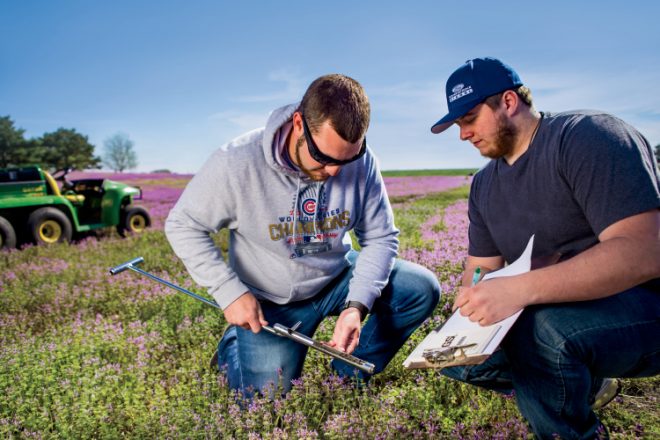
College students often overlook agriculture as a career option, and the numbers tell the story. The agriculture sector will experience a shortage of qualified job candidates through at least 2020.
A Purdue University report predicts 57,900 average annual job openings between 2015 and 2020 in the fields of food, agriculture, renewable natural resources and the environment. An average of only 35,400 qualified, new U.S. graduates will fill them, forcing employers to look in related, yet less-qualified degree areas for candidates.
“There is a high need for people with an education in agriculture and hands-on experience,” says Willard Mott, agriculture instructor and program coordinator at Illinois Valley Community College (IVCC). “There is a disconnect between what students think agriculture encompasses and the diverse agriculture careers you can actually find.”
In fall 2016, the northern Illinois college relaunched an agriculture program after a 21-year hiatus, a resurgence fueled partly by employer demand. The college looks to add its third agriculture degree option this year, expand its agriculture internship opportunities and develop a precision agriculture program.
“Those employers looking for good, quality employees spoke up and said there is a need here,” Mott says. “The college was in tune with that need and that really started the legwork to relaunch the agriculture program at IVCC.”
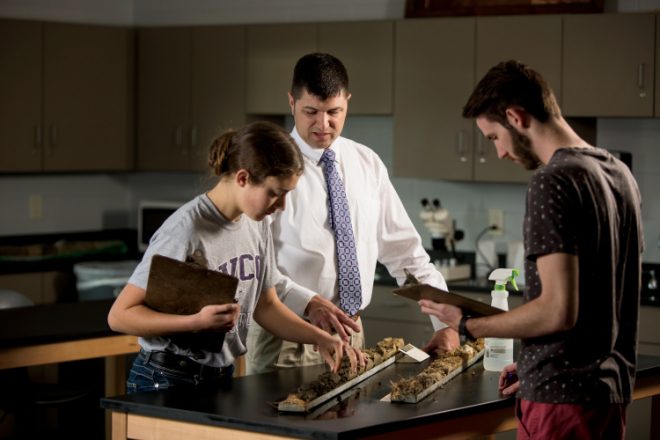
No Farm Experience Required
More nonfarm students will study agriculture than students with farm backgrounds. And Mott expects it.
“It’s not surprising to me that most students in the IVCC program do not come from a farm background,” Mott says. “It is something I experienced as a high school instructor and now at the college level. The number of students coming from an actual production farm is less and less.”
By the Numbers
57,900
A Purdue University predicts 57,900 average annual job openings between 2015 and 2020 in the fields of food, agriculture, renewable natural resources and the environment.
61%
Only 61 percent of these jobs will be filled by qualified, new U.S. graduates.
Likewise, University of Illinois instructor Jon Scholl says enrollment in his ag policy courses includes at most 25 percent traditional “farm kids,” or young men and women who grow up on working farms. He says students of all backgrounds look to agriculture careers because they pay attention to food locally and globally. They may find the farm-to-table movement worthwhile. They learn about agriculture’s competitive pay, and they see the sector’s exciting technological opportunities. Scholl teaches two courses in agriculture policy at the university.
“One of the things that became evident to me very quickly as I launched into these classes is that there, No. 1, is a lot of excitement among students about agriculture,” Scholl says. “But, No. 2, there weren’t very many students who had exposure to the basic level of the food chain, which is the farm.”
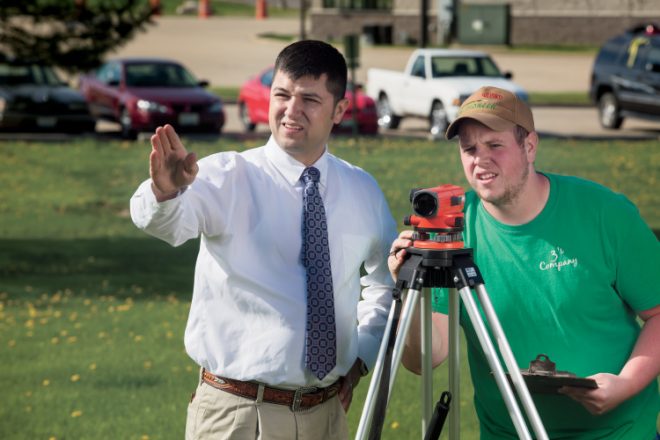
He noticed that without at least some on-farm exposure, students held an American Gothic portrayal of farming. Agricultural employers noticed that, too, so Scholl launched a program to offer annual tours to central Illinois farms and agribusinesses. He thanks various supporters of funds and services for making these annual spring farm tours happen, including Illinois Farm Bureau, Champaign County Farm Bureau, GROWMARK, Farm Credit Illinois and Compeer Financial.
“The students often have no inkling until they get out on a farm about how sophisticated, complex, technologically advanced and global that production agriculture has become,” says Scholl, who started the farm tours in 2015. “Farmers today are sophisticated, well-educated, experienced operators who have to deal with a lot of challenges, many of which are out of their control.”
Now, he’s fixing the farm gap – giving nonfarm students a chance to see and understand working farms before they take their first agricultural job. He says he will never forget what a student attendee with no farm background told him after a day of farm tours.
“You know, as I think about it, everything I knew about farms I learned from my friends in Chicago and Hollywood,” said the student, who was studying for a degree in agriculture and the environment. “And they were wrong.”

Ag Careers Full Speed Ahead
Online resources continue to crop up to help teens and young adults find or discover a fledgling career, agriculture or otherwise. In 2017, the Illinois Department of Employment Security (IDES) and the Illinois Department of Innovation and Technology (DoIT) created the Going Mobile initiative, a career-focused effort to help adults change jobs and youth discover them.
In particular, the IDES and DoIT Reality Check mobile app focuses on teens and young adults as it offers step-by-step instructions on how to evaluate careers and land a job that realistically meets their lifestyle. The app asks a series of questions about preferences in housing, cars and entertainment and even where the job seeker wants to live. Then, the service gives realistic information, including a customized summary of monthly costs for that lifestyle in a particular city. The app shares a list of occupations with the potential to meet the calculated expenses and the education required to secure those jobs.
The agency also offers the Career Information System, a valuable tool for adults considering a career change or for parents and educators who want to teach youth about basic work concepts and expectations. The online resource provides tips for resumes and interviews, information about financial aid and training options, as well as assessments to help people find a career that meets their skills and interests.
The Next Generation of Ag Careers
A USDA study on agricultural employment predicted these as the top five careers in agriculture in 2020:
1. Drone technologists
2. Hydrologists
3. Agriculture communicators
4. Food scientists
5. Precision agriculture technologists



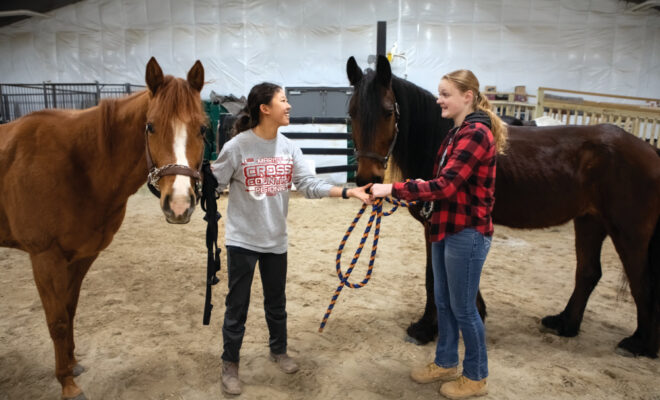
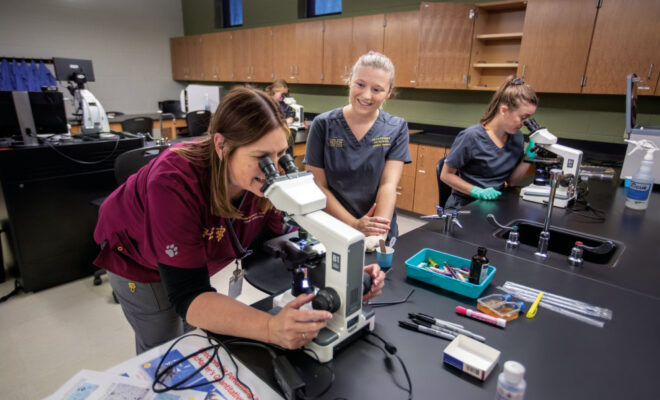
Interesting reading We are farmers in central Illinois 5000 ac We have a hard time finding help of any sorts We are looking for young help with experiece running large machinery If finding the right candidate we would also let them step into renting ground ??? is how do we find these candidates Thanks Troy Seggebruch